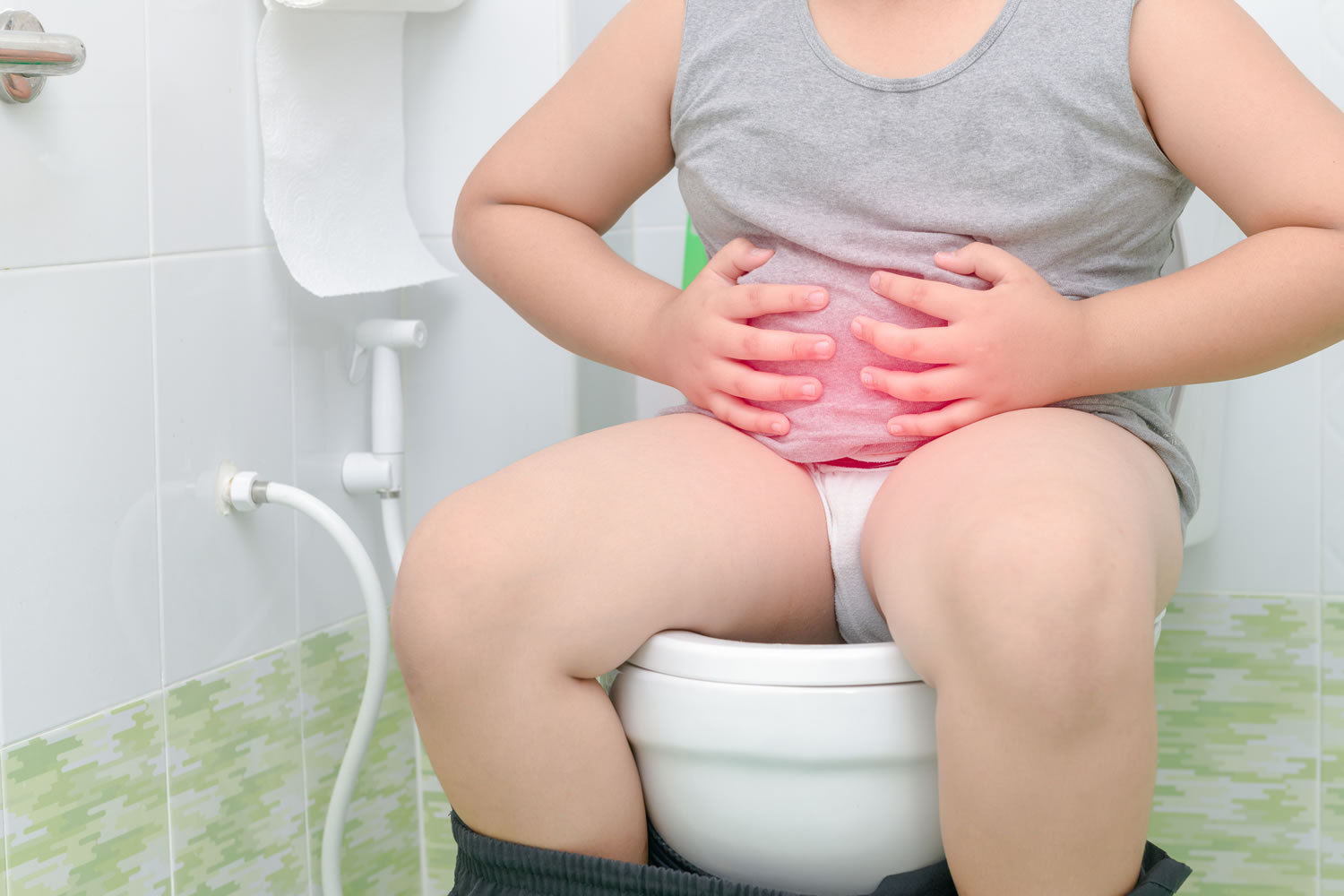Gastro: How to Stop the Spread
Published on Tuesday, 09 March 2021
Last updated on Monday, 08 March 2021

Gastro, tummy bug, rotavirus and norovirus – viral gastroenteritis has many different names. But one thing is for sure – without smart hygiene practices in place, it can spread rapidly through a childcare centre.
Gastroenteritis is a bowel infection, normally caused by a virus, that brings on diarrhoea and sometimes vomiting. A young child with gastroenteritis can quickly become dehydrated to the point where hospitalisation is required. Thorough hand hygiene and centre-cleaning practices are the best forms of defence against the illness.
Wellington’s Regional Public Health department has the following advice on dealing with gastroenteritis:
Exclusion
- Sick children and staff members need to stay away for at least 48 hours after the last symptoms of diarrhoea and/or vomiting. If the 48-hour exclusion period has passed but a child is observably still not well (for example, fever, lethargic and unable to participate), they should not be at the centre.
- A child who is sick at the centre should be collected by their parents and taken home as soon as possible.
- If a parent is sick and has come to collect their child, have the child taken to them so the sick parent does not walk through the centre.
- In an outbreak situation, provide information about the outbreak to parents; signs on the door, on your notice board, your website and/or by email.
Hand hygiene
- All parents, staff and children need to wash and dry their hands on arrival and departure from the centre (parents and staff can use alcohol-based hand gel).
- All staff and children wash and dry their hands after going to the toilet, before preparing and eating food, after eating and after changing nappies.
- Wash children’s hands after nappy changing with soap and water.
- Supervise children when they are washing their hands.
Cleaning
- If there is an outbreak at your centre, tell your cleaners and advise them to use bleach for disinfection.
- Make a plan for the increased centre cleaning; set a date when all the cleaning will be done by. Try to get them complete in one to two days.
- Replace cleaning products with bleach/chlorine products. Make a new bleach solution daily using either of the following formulas:
- Make a bleach solution at 1:10 ratio (1 part bleach and 9 parts water) or,
- To make 1 litre = 50ml of bleach and add water to make 1 litre or, ¼ cup of bleach and add 4 cups of water
- To make 10 litres = 500ml (2 cups) of bleach and add water to make 10 litres
- Make a bleach solution at 1:10 ratio (1 part bleach and 9 parts water) or,
- When using bleach it needs to be sprayed and left on surfaces for 30 minutes before being removed in order to be effective; or leave on surface if appropriate.
- Identify areas that children play in a lot, these areas are high risk areas and should be cleaned first.
- Look at cleaning from a child height not an adult height for example backs and sides of chairs where little hands go, taps, and door handles.
- Increase cleaning in bathrooms.
- Increase the cleaning of soft furnishings (couches, cushions and chair covers). Steam clean these when there has been a vomiting or diarrhoea accident on them.
- Increase washing of sleeping linen. If this is normally once a week it will need to be increased to twice a week or as required.
- Rotate toys on a roster so not all toys are out at once and clean toys can be used. This is especially important for under twos as they put toys in their mouth.
- It is recommended to clean all toys with hot soapy water and then a bleach solution.
- If practicable, the dishwasher and washing machine can be used for washing toys.
- Remove and wash soft toys and puppets.
- Remove play dough, painting and water play until the outbreak has stopped.
- Remove any containers that children access regularly that cannot be wiped down such as cane baskets.
- Wipe down cots with diluted bleach, especially where children hold or bite.
- Send all comforters (dummies, sleep toys, blankets) home to be washed. Children should not bring comforters to the centre during the time of illness.
Cleaning up vomiting and diarrhoea
- Have a spill kit ready and train staff how to use this. Click here to download washdown guidelines that includes a list of spill kit items.
- Staff should use Personal Protective Equipment (PPE) when cleaning any sick or soiled children and handling contaminated clothing during an outbreak situation. PPE includes gloves, masks and disposable aprons.
- All clothing, nappies and disposable equipment including cloths and wipes should be double bagged. Care should be taken to ensure that air that could carry viral particles is not released the bag.
- Please make sure that a safe and hygienic process is in place for the storage of soiled clothing such as a bucket with a lid in the laundry area.
For more information, visit the Regional Public Health website or the KidsHealth website.
Related Articles

Gastro prevention in child care
There's nothing fun about gastroenteritis and it can spread like wildfire when hygiene standards slip.

Serve veggies with fun, frequency and a side of patience
Five strategies for early childhood services to boost vegetable consumption among children in care.

Kitchen Hygiene in the Spotlight
7 simple strategies for ensuring the kitchen in your early childhood service is operating in line with best practice guidelines in terms of hygiene and cleanliness.
